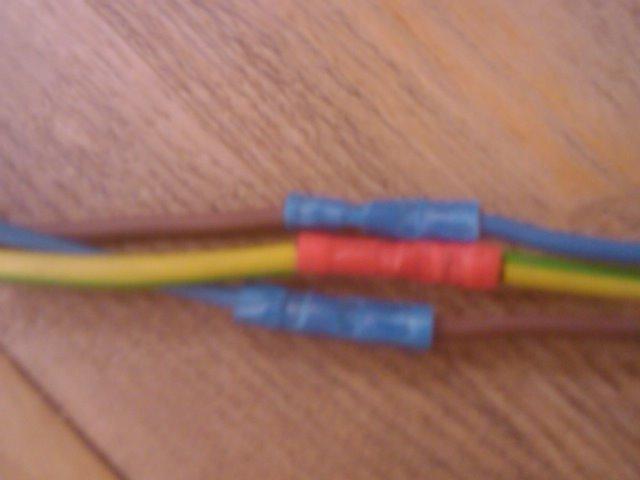Indeed. However, the one thing that the Ashley FAQ brought to my attention (which I'd never noticed before) is that Appendix 15 contains these little boxes which do seem to be 'allowing' "maintenance-free terminals" (without any definition thereof) in inaccessible locations, even though that is not mentioned in the body of BS7671. However, Appendix 15 is only 'informative' and, even if it were taken to be permitting such terminals, only applies to ring and radial final circuits - hence would not apply to lighting or other circuits.Equally simple is that 526.3 does not exempt "maintenance free" junction boxes.
Although my opinion doesn't really count for much in this field, it is exactly the same as yours.IMO they do not comply, and were I ever to do a PIR and find them I'd code it accordingly.
Kind Regards, John.



